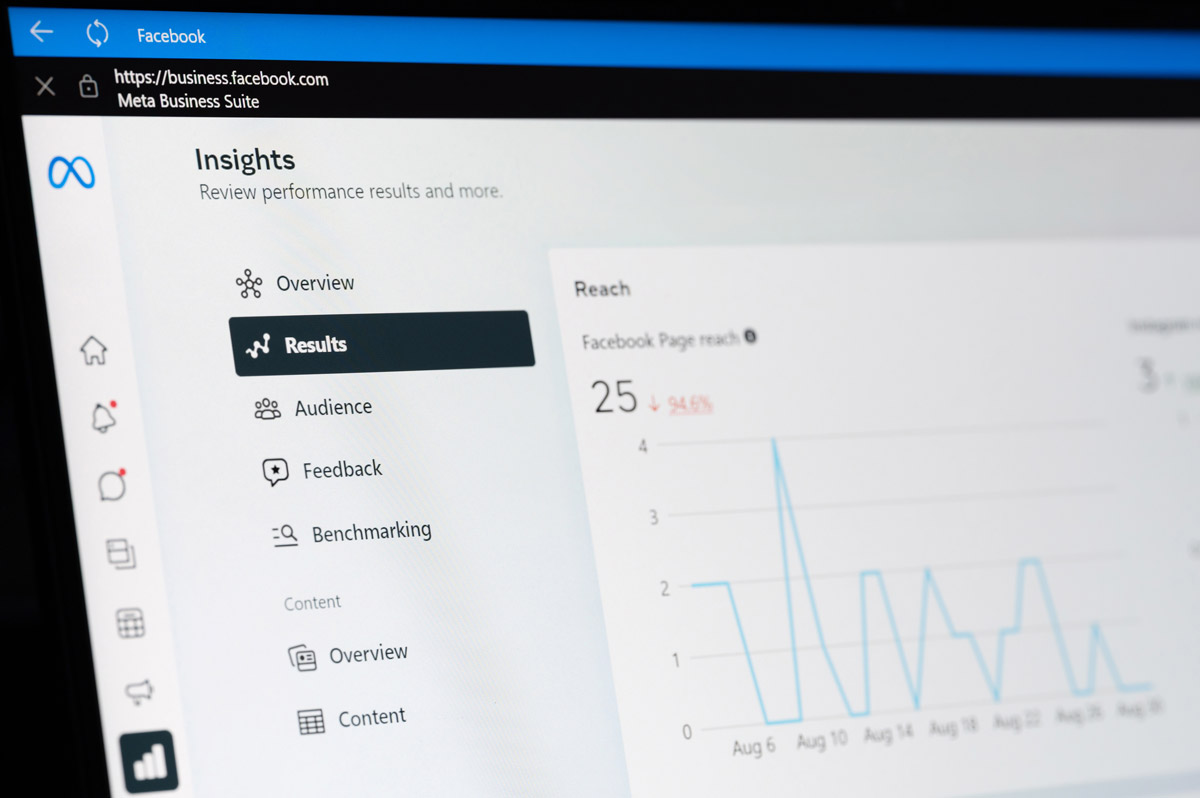Google Ads users, brace yourselves for a change in how you see your campaign data. In a move announced September 1, 2020, Google began limiting the search terms disclosed in the platform’s Search Terms Report. This report is a crucial tool for advertisers, allowing them to see the exact keywords and phrases that triggered their ads and is integral in executing Negative Match keywords to control Google liberal algorithmic matching strategies on Broad match settings.
The change means that the Search Terms Report will now only display search queries with a “significant number of users”. Google hasn’t publicly disclosed what constitutes “significant,” leaving advertisers uncertain about the impact on their campaigns. Many industry observers question is this really about privacy or is Google simply obfuscating data to its advantage and the disadvantage of its customers.
What Does This Mean for Advertisers?
While Google maintains this change is to “maintain our standards of privacy and strengthen our protections around user data,” many advertisers are concerned about reducing visibility into their campaigns. Here’s a breakdown of how this might affect you:
- Limited ability to identify new trends. Advertisers often use the Search Terms Report to discover new search trends relevant to their target audience. With less visibility into low-volume searches, it might be harder for you to identify these emerging trends before they become mainstream.
- Challenges in optimizing campaigns. A core function of the Search Terms Report is to help advertisers identify negative keywords that trigger your ads but don’t convert into sales or leads. If you only have access to limited data, weeding out irrelevant search terms and optimizing campaigns for better performance could become more challenging.
- Reduced accountability for spend. Advertisers often see clicks and conversions on low-volume search terms. The new limitations might make it harder to track the performance of these searches and hold them accountable for the ad spend.
Adapting to the Change
While the change presents challenges, there are steps you can take to adapt:
- Leverage Broad Match Modifier keywords. Broad Match Modifier keywords (BMMs) allow some control over which search terms trigger your ads. If you add a plus sign (+) before specific words or phrases in your keyword list, you can ensure your ads appear for searches containing those terms but with additional variations.
- Utilize Search Partner Network. The Google Search Partner Network expands your reach beyond Google Search. By opting into this network, your ads can appear on other search engines, potentially providing more data on user search queries.
- Closely monitor campaign performance. With less visibility into individual search terms, keeping a close eye on overall campaign metrics, such as clicks, conversions and cost-per-acquisition (CPA), becomes even more important. This helps you identify any negative impacts on your campaigns due to the reduced data.
- Run Reports On Different Time Frames. Our initial review of the missing data suggests that you will get varying results for different lookback time frames. Consider running reports spanning 30 to 90 days rather than Yesterday or Last 7 Days in order to obtain a wider spread of search terms to review and optimize.
Update as of May 2024:
This change to Google Ads reporting happened in September 2020. Google has not implemented any major changes to search term visibility since that date. Advertisers are still challenged with limitations on low-volume search terms in their reports and hampered in their efforts to optimize.
There are a few reasons Google might not have made significant adjustments. One is that it believes the current balance between user privacy and advertiser data access is sufficient if you want to accept their justification for the change. Another logical reason is that Google believes it has made significant strides in its AI that provides advertisers with better matching logic and improved smart pricing that more visibility is not necessary. Machine learning is potentially analyzing broader search term data trends while still protecting user anonymity. Lastly, with the shift to Automated Bidding, the need for deep granular visibility is less important than when conducting Manual CPC bidding.
However, this is all speculation. The reality is that Google has yet to explain why it has continued to leave customers in the dark as to where a large volume of their ads are being served. For now, advertisers should continue to utilize the strategies mentioned above, keep applying Negative Keywords wherever possible and stay tuned about any future updates via Google Ads Help.





